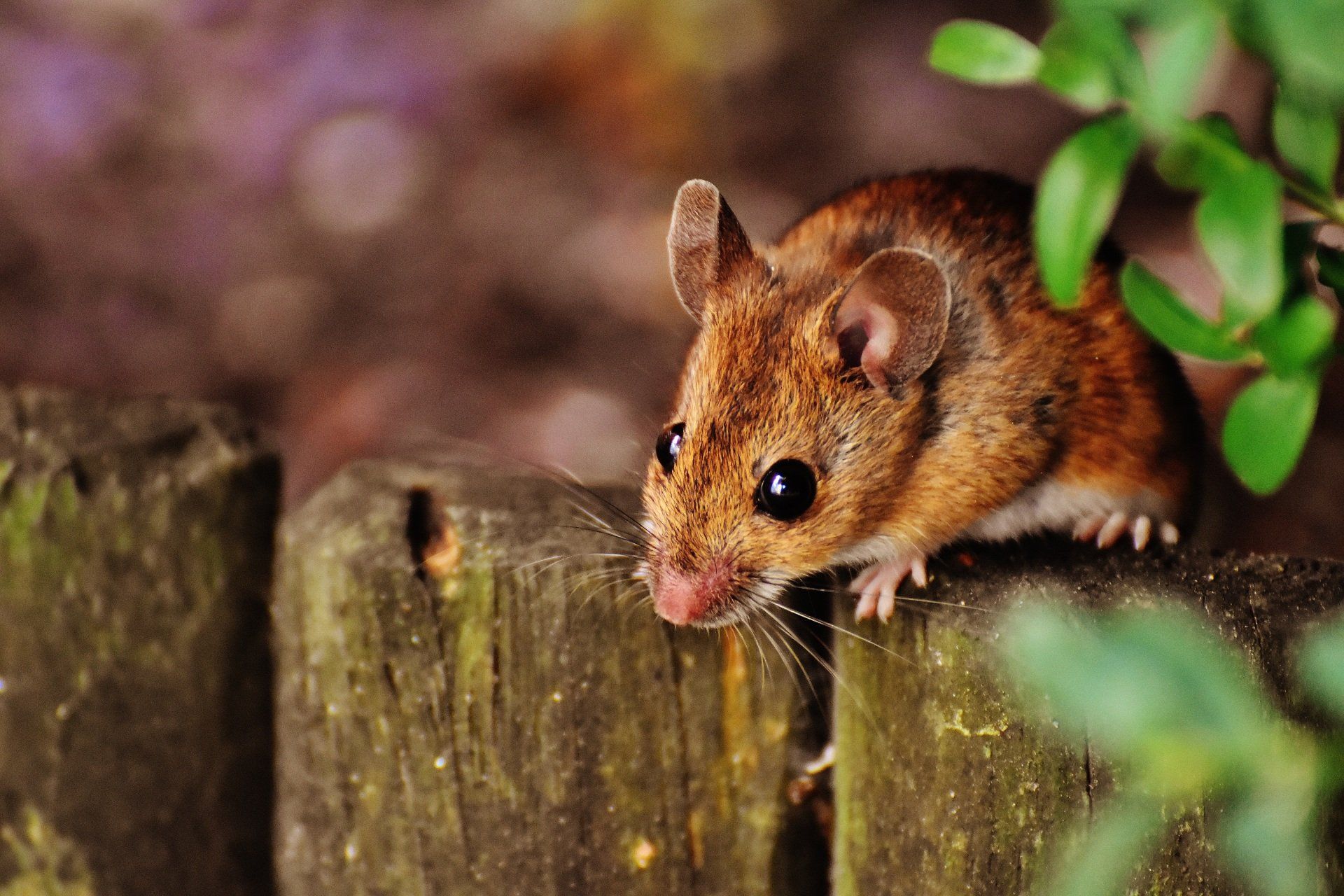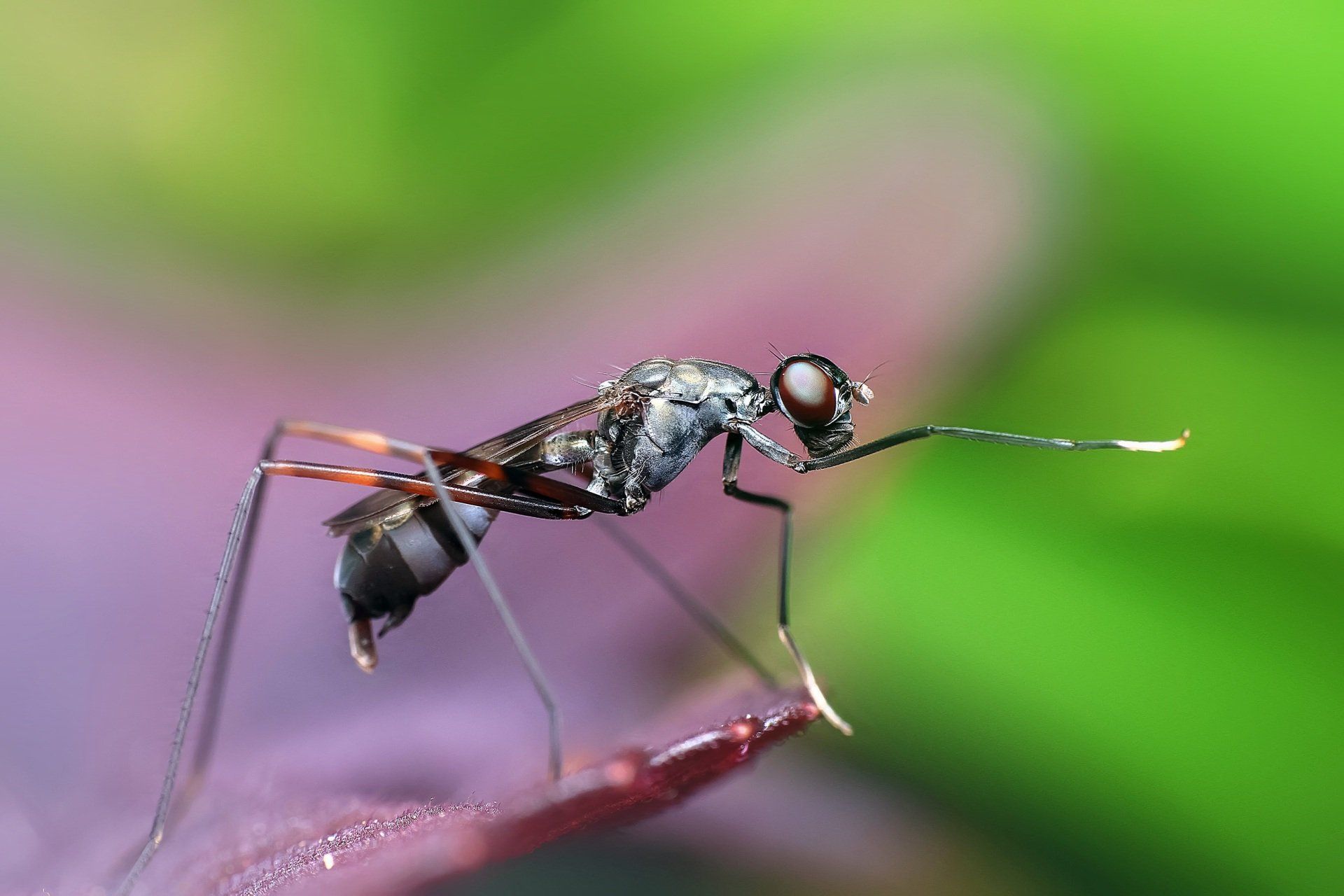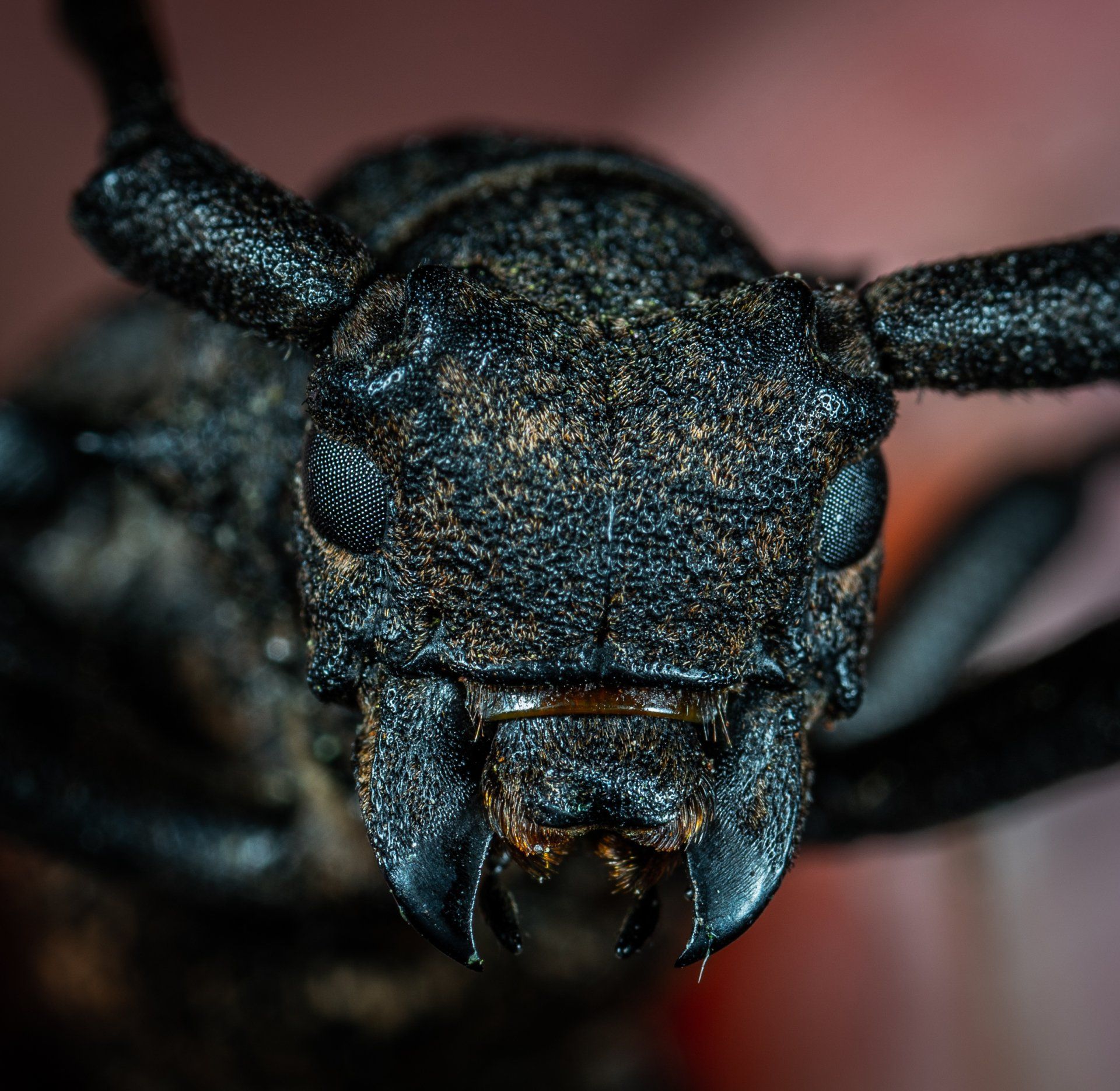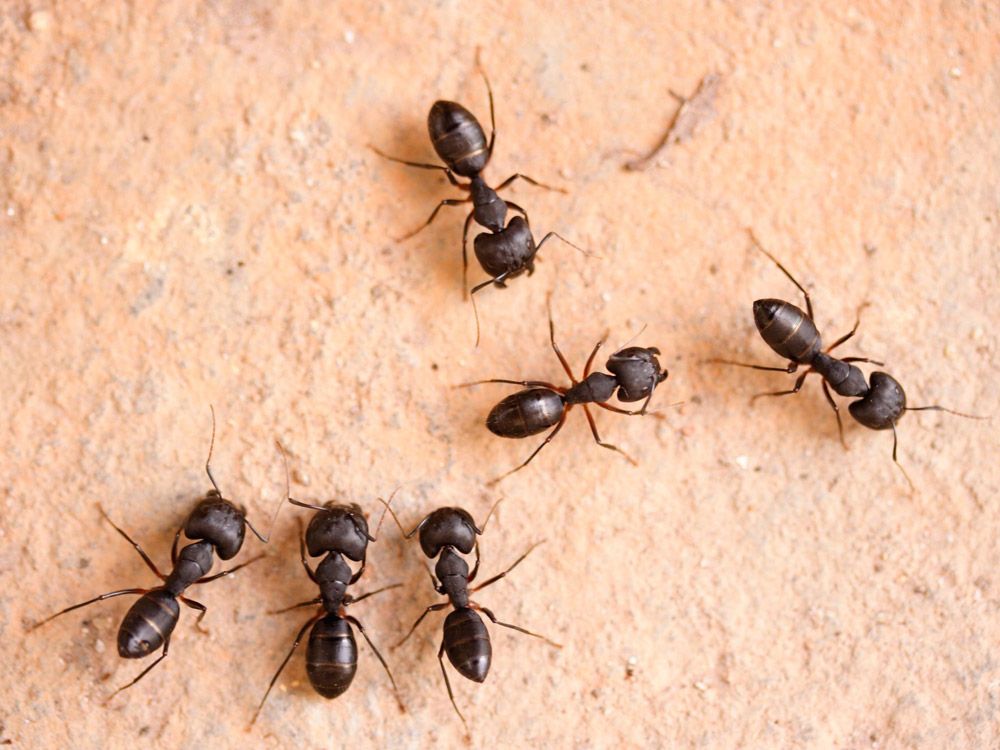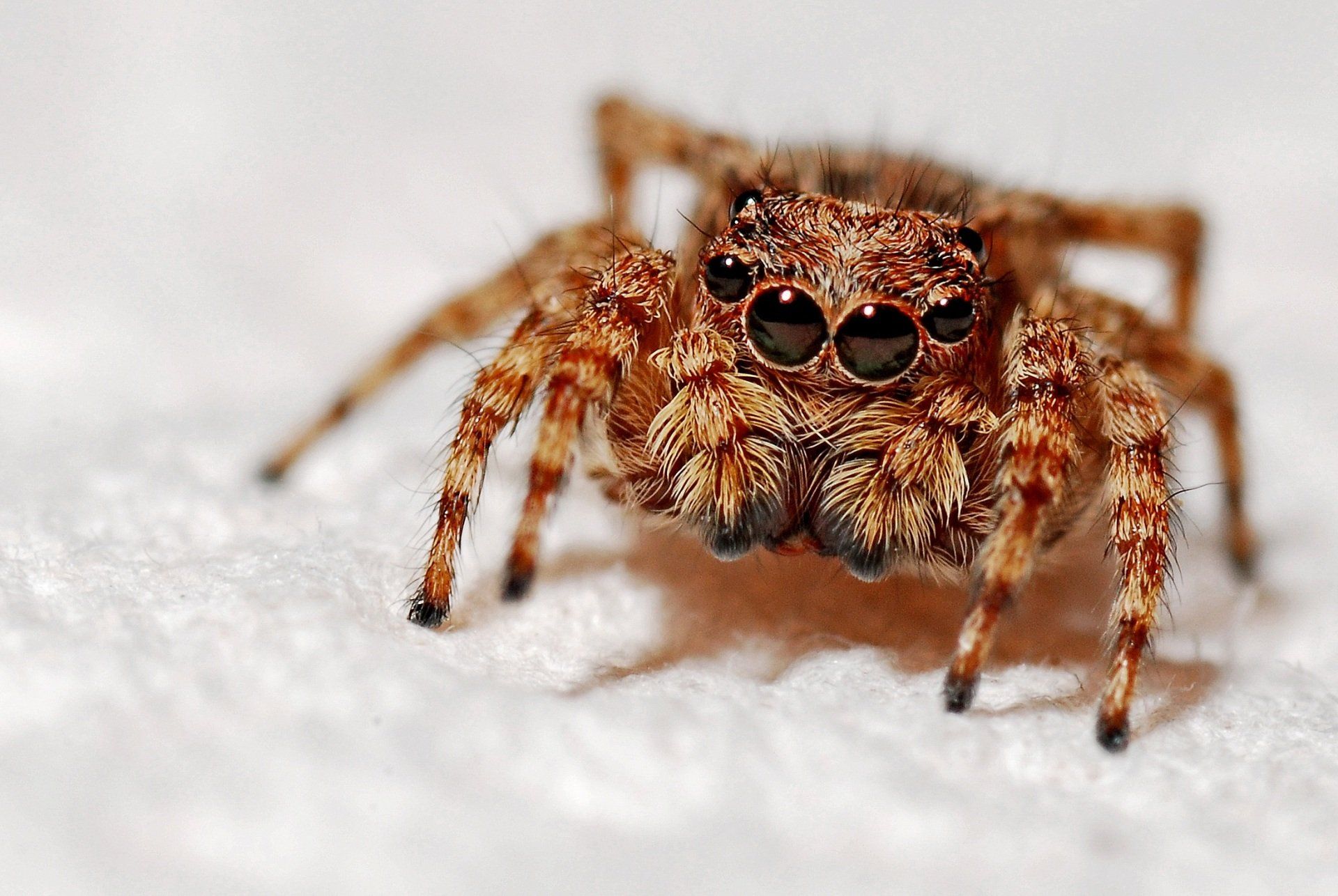Different Types of Ticks in NJ
Know what ticks to look out for this season.
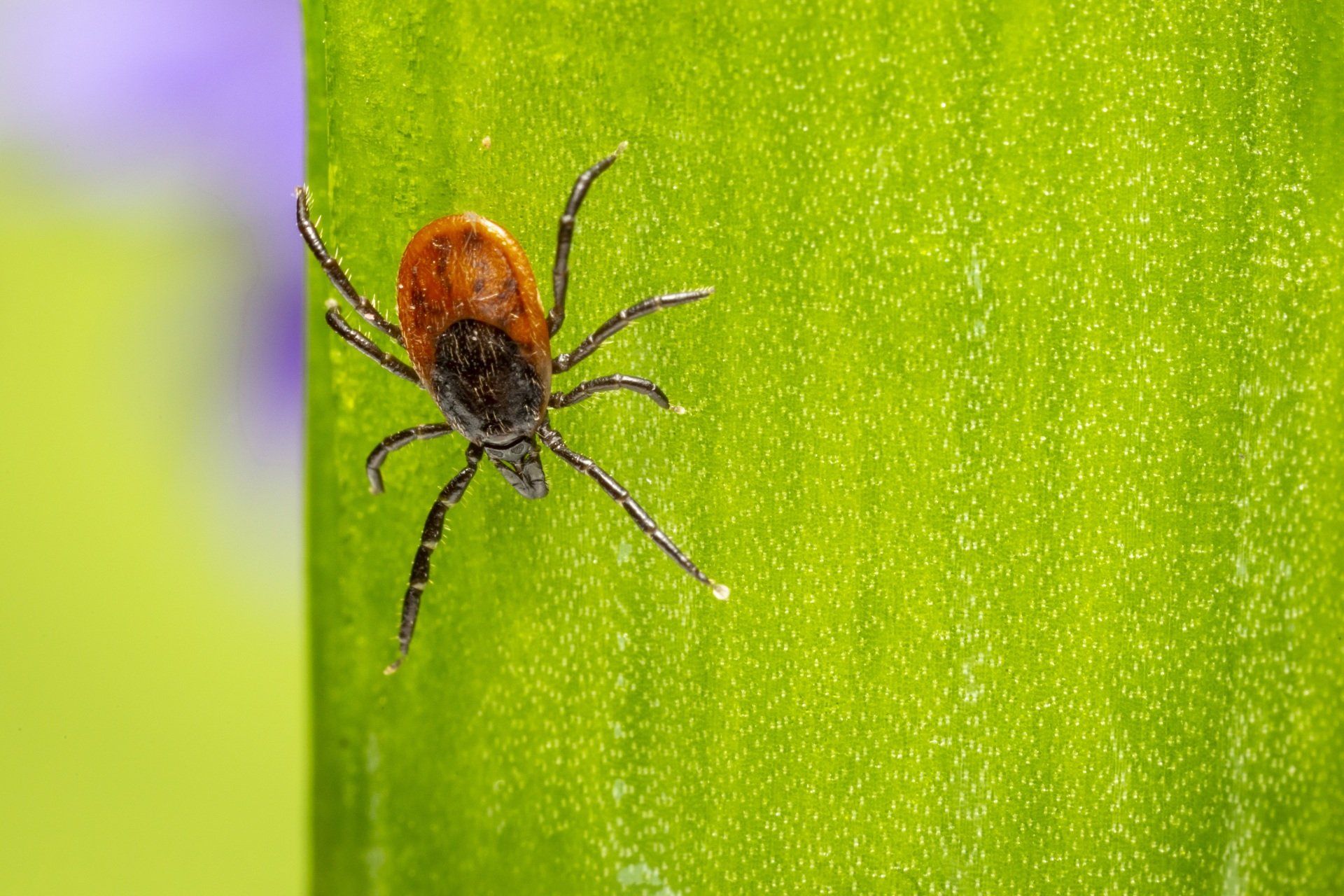
You see a tick on your dog and wonder if it’s a deer tick. But what if it’s not? Could it be something else?
There are different types of ticks in NJ. Although they’re all small and dark, it’s important to know the difference, especially with spring pests on the horizon.
The three main types of ticks are Blacklegged ticks (deer ticks), the Lone Star tick, and the American Dog tick. You should familiarize yourself with each, taking proper precautions, starting with pest control in Sparta, NJ.
But identifying these different ticks is just as important.
What Ticks Transmit Lyme Disease?
In NJ, the most common tick to transmit Lyme disease is the deer tick. Only females and nymphal transmit this disease. Males don’t transmit diseases and don’t feed. Although a male tick might attach to a host, they don’t produce eggs so they don’t need blood.
If you find one, you need to remove these ticks as quickly as possible. If you can remove them within the first 24 hours of them attaching themselves to the host, you can significantly reduce the incidence of contracting Lyme disease.
Not all deer ticks can transmit Lyme disease, as not all are infected. It’s estimated that over 50% of these ticks can transmit different diseases, so you should always protect yourself, your loved ones, and your pets.
Protection from ticks includes bug repellants and wearing long pants and socks. Tuck pants into socks whenever possible.
Dress children and yourself in light-colored clothes so you can see the ticks more easily. Avoid bushy areas, if possible. Bathe your children when they come inside from playing. Wash and dry clothes in hot water before wearing them again.
If you remove a tick, you can have it tested.
Blacklegged Tick (Deer Tick)
The Blacklegged tick is shaped like a teardrop. It commonly has a reddish-orange color on its abdomen. Its dorsal shield is usually sold black.
Male Blacklegged ticks are usually smaller than females. Their color is more uniform and appears black.
If you see nymphs, they’re also shaped like teardrops, with brown or black coloring.
Lone Star Tick
Another common tick in NJ is a Lonestar tick. These ticks aren’t known to transmit Lyme disease. These ticks are roundish and have a distinct marking in the center of their bodies. It’s a white spot that can also appear silver.
Male ticks are round, just like the females. Unlike the females, they don’t have any markings on their body and are chestnut brown in color.
If you spot a nymph Lone Star tick, it will usually be uniform in color and light brown. Usually, these ticks are rounder compared to deer ticks.
American Dog Tick
Another common tick is the American Dog tick. Female ticks are shaped oblong and have white markings on them. These markings are on their dorsal shield. Their abdomen is a dark brown color.
Male American Dog ticks have different colorings with white marks all over their bodies.
If you spot a nymph, you’ll see that they’re oblong shaped with one solid dark brown color.
When Are Ticks Most Active in NJ?
From May through July, deer ticks are the most active. This is when the majority of Lyme disease cases occur.
Although you should take precautions from ticks all year long, these months are the most important. Ticks can come out any time of the year, especially if there is an unseasonably warm day, so always take precautions.
Different Types of Ticks in NJ
If you’re worried about ticks in your yard, you’re not alone. Luckily, you can invest in preventative pest control. Although you can’t keep every tick away from your yard, you can take measures to reduce them.
Serene Property Services offers pest control in Sparta, NJ, and the surrounding areas in Sussex County, NJ. We also offer pest control in Warwick, NY. Contact us today to discuss preventative pest control for your home and yard.
We will get back to you as soon as possible
Please try again later
About Us
Contact Info

